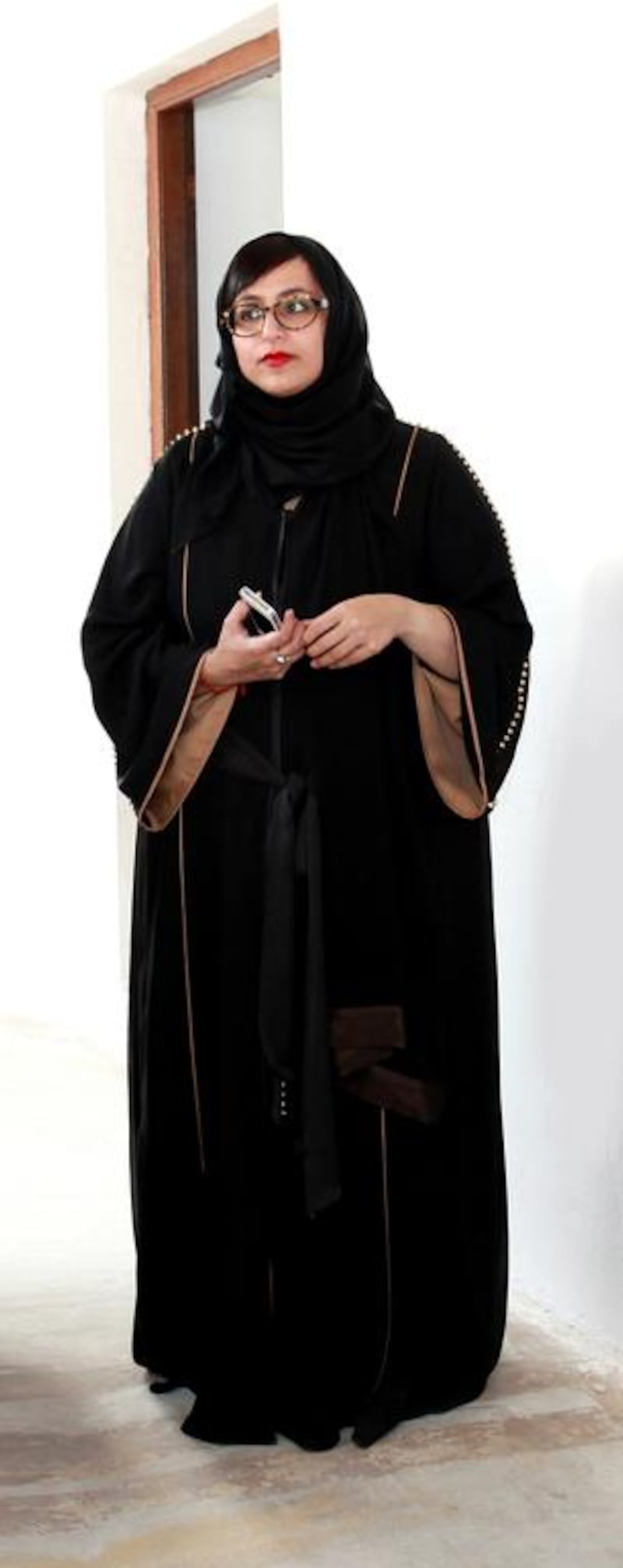Fourteen Emirati artists have been chosen to represent the UAE at this year’s Venice Biennale.
Artworks from the first generation of contemporary Emirati painters will be on display at the biennale when it opens in May. Sheikha Hoor bint Sultan Al Qasimi, the curator for the UAE’s fourth appearance at the international art event – considered to be one of the most important in the world – selected artwork from the 1980s to shed light on the country’s notable artistic tradition.
The exhibition, 1980 – Today: Exhibitions in the United Arab Emirates, will explore the emergence of contemporary art practices in the UAE over the past four decades.
The 14 artists – Ahmed Al Ansari, Moosa Al Halyan, Mohammed Al Qassab, Abdul Qader Al Rais, Abdullah Al Saadi, Mohammed Abdullah Bulhiah, Salem Jawhar, Mohammed Kazem, Dr Najat Meky, Abdulraheem Salim, Hassan Sharif, Obaid Suroor, Dr Mohamed Yousif and Abdulrahman Zainal – will have their work on display in the UAE’s permanent pavilion until the biennale closes in November.
Precise details of the artworks and the layout of the final pavilion show in Venice’s Arsenale district have yet to be revealed, but the team has confirmed that a publication including previous writings and articles on the art scene in the UAE since the 1980s will be included, as well as some artists’ personal memoirs.
“The opportunity to curate the UAE’s national pavilion has allowed me to reflect on and honour a significant period of the UAE’s art history,” says Sheikha Hoor. “Looking back at exhibitions from the 1980s, I came across a number of interesting artworks, mainly sculptures and paintings by now-established artists, as well as works by lesser-known names. My aim is to show the diversity of art practices and the history of the art scene in the UAE at this period in time.”
Sheikha Hoor adds that it is important to state that the “focus is on the art works, not the artist” – the exhibition is intended to depict a period of art creation rather than the oeuvre of any single artist.
The UAE’s participation in the Venice Biennale is supported by the Salama Bint Hamdan Al Nahyan Foundation.
Sheikha Salama believes the exhibition will give the world the chance to learn about the rich cultural history of the UAE.
“Over the past decade, the UAE’s art scene has experienced a surge in international recognition and appreciation. However, many are still not aware of the depth and diversity of our artists, who have been working decades longer than the current art boom,” she says. “This exhibition represents an opportunity to document, share and expand upon a key period for the country’s art history.”
The UAE pavilion
The UAE pavilion at Venice Biennale is put together with the help of the Emirates Fine Arts Society, which was founded in 1980. The non-profit association of artists was established to develop the infrastructure of fine arts and to nurture talent through training courses and continues to do so today. It also has a vast archive of newspaper articles, art writings and catalogues, which Sheikha Hoor used for her exhibition as well as interviews with artists and cultural practitioners.
The 56th Venice Biennale runs from May 9 until November 22 with a preview from May 5 to 8. Further details will be announced soon. Visit www.nationalpavilionuae.org
aseaman@thenational.ae





